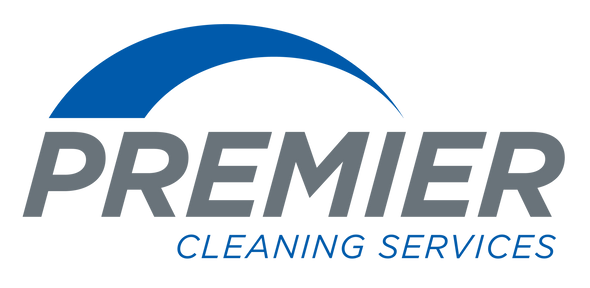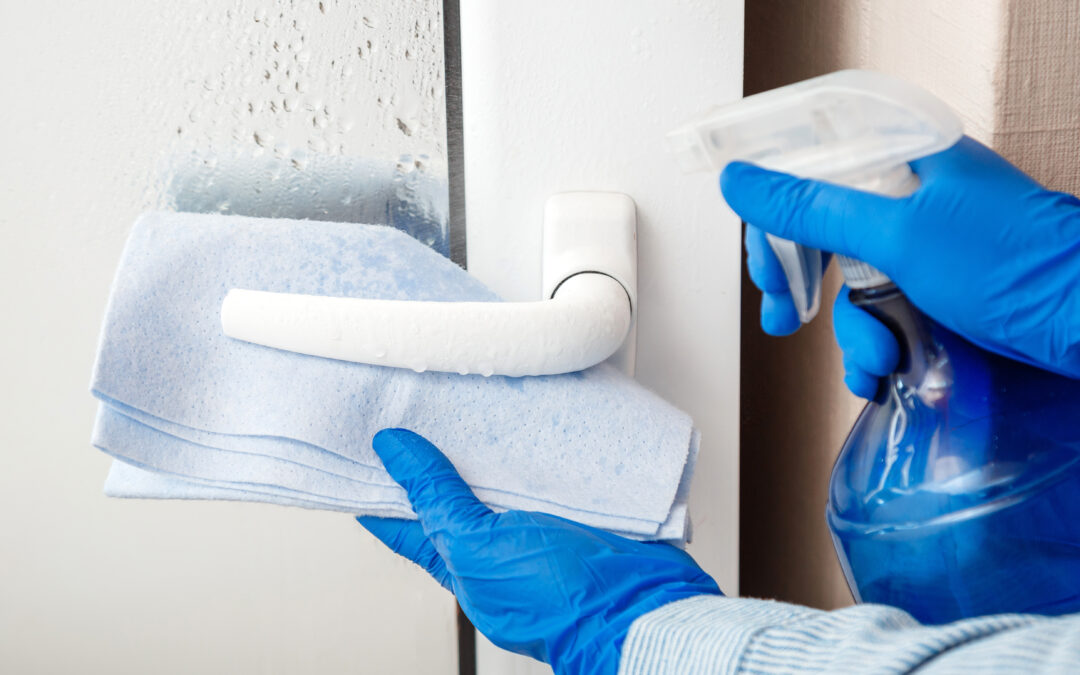Introduction
Cleanliness extends far beyond the realm of cleanliness and into matters of health and safety. The COVID-19 pandemic has only served to emphasize the importance of hygiene in the workplace, particularly in high-traffic areas where the potential for germ transmission is greatest. Below, we will delve into matters of cleanliness in terms of door handles, light switches, and elevator buttons: high touch surfaces that require meticulous and regular sanitization to prevent the spread of infections. Whether you are managing an office, a residential building, or a public facility, understanding how to effectively sanitize these surfaces is crucial.
The Importance of Sanitizing High-Touch Areas
High-touch areas can be defined as surfaces that undergo frequent touch throughout the day. This can refer to things like door handles, light switches, elevator buttons, handrails, and countertops. Germs such as bacteria and viruses can survive on these surfaces for hours, sometimes even days, making them hotspots for pathogen transmission. By regularly sanitizing these areas, you significantly reduce the risk of spreading germs. For more information on the importance of disinfection in the workplace, consult our blog post on the subject.
Door Handles: The First Line of Contact
Door handles are one of the first points of contact in any building, making them a primary vector for germs. Every person entering or leaving a room touches the door handle, which means it can quickly become contaminated.
Best Practices for Sanitizing Door Handles
- Frequency: High-traffic areas should see door handles sanitized multiple times a day. In less busy areas, once daily might suffice.
- Method: Use disinfectant wipes or sprays that are effective against viruses and bacteria. Make sure to cover all parts of the handle, including the areas where fingers grip the most.
- Technique: Wear disposable gloves when sanitizing. Apply the disinfectant and let it sit for the recommended dwell time as specified by the manufacturer to ensure effectiveness.
Light Switches: Frequent but Overlooked
Light switches are often overlooked during cleaning routines, yet they are touched frequently throughout the day. Every time a light is turned on or off, a person potentially leaves behind germs on the switch.
Best Practices for Sanitizing Light Switches
- Frequency: Light switches should be sanitized at least once a day in residential settings and multiple times a day in high-traffic public or commercial spaces.
- Method: Use disinfectant wipes or a cloth sprayed with disinfectant. Avoid spraying directly onto the switch to avoid electrical hazards.
- Technique: Gently wipe the switch and the surrounding plate, being sure to cover all surfaces without applying too much disinfectant.
Elevator Buttons: High-Traffic Hotspots
Elevator buttons are among some of the most high risk areas in any multi-story building due to the sheer number of people who touch them daily. They are a common point of contact and thus a significant vector for germ transmission.
Best Practices for Sanitizing Elevator Buttons
- Frequency: Given their high use, elevator buttons should be sanitized multiple times a day, as often as every hour in busy buildings.
- Methods: Use a disinfectant wipe or a cloth with disinfectant spray. For buttons with digital components, use products that are safe for electronic surfaces.
- Technique: Focus on each individual button, ensuring that all sides are sufficiently covered. Use a new wipe or cloth for each elevator panel to avoid cross-contamination.
Creating a Sanitization Schedule
Implementing a robust sanitization schedule is essential for maintaining hygiene in any facility. Here’s a simple guide to help you set up an effective routine:
- Identify High-Touch Areas: Conduct a walkthrough of your facility to identify all high-touch surfaces.
- Determine Frequency: Decide how often each surface needs to be sanitized based on traffic and usage patterns.
- Assign Responsibilities: Clearly define who is responsible for sanitizing each area. This could be cleaning staff or designated employees.
- Use Checklists: Create checklists to ensure all areas are regularly sanitized. This helps maintain consistency and accountability.
- Monitor and Adjust: Regularly review and adjust the schedule based on observations and feedback.
Training and Awareness
Educating staff and building occupants about the importance of sanitization is critical. Conduct training sessions to teach proper sanitizing techniques and explain the health benefits. Additionally, place signage in common areas to remind everyone of their collective role in maintaining a clean and safe environment.
Commercial cleaning services is a great option for businesses that have minimal time and resources to spend on training employees for cleanliness. Cleaning professionals work with you to create a reasonable schedule that suits your needs. They take care of cleanliness so that you can focus on running your business.
Leveraging Technology
Advancements in tech can enhance sanitization efforts. Consider investing in:
- Touchless Technology: Motion-activated lights and doors reduce the need for physical contact.
- Self-Sanitizing Services: Materials like copper and antimicrobial coatings can reduce microbial load on frequently touched surfaces.
- UV-C Devices: Portable UV-C light devices can be used to sanitize surfaces quickly and effectively.
Conclusion
In today’s health-conscious environment, meticulous attention to high-touch areas is paramount. Door handles, light switches, and elevator buttons are small surfaces with a big impact on public health. By adopting thorough and consistent sanitization practices, we can significantly reduce the spread of infections and create safer spaces for everyone.
Regular cleaning and sanitizing should not be seen as a temporary measure but as a fundamental aspect of hygiene and safety in our daily lives. Whether you are a business owner, property manager, or a conscientious individual, the steps you take to sanitize high-touch areas will have a lasting positive effect on community health.
Remember, a clean environment is not just about looking good; it’s about feeling safe and being well. By focusing on these critical touchpoints, we can collectively contribute to a healthier and more resilient world.

